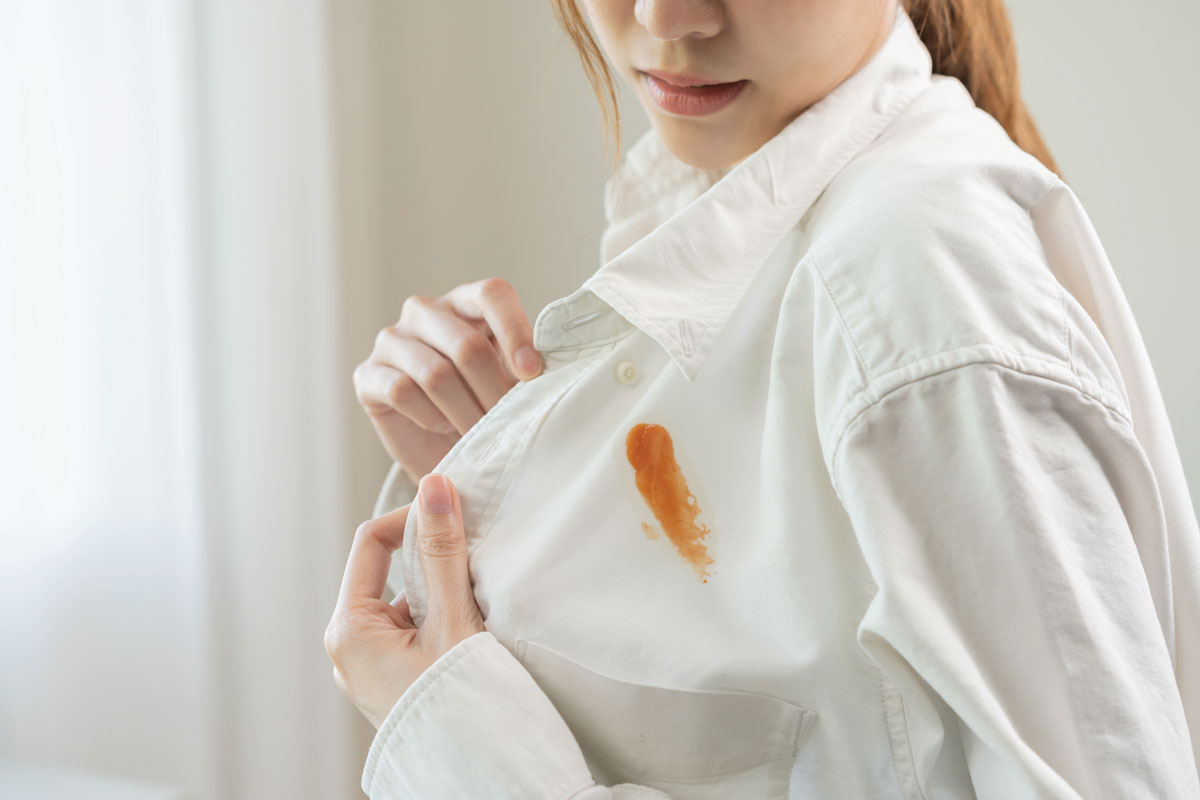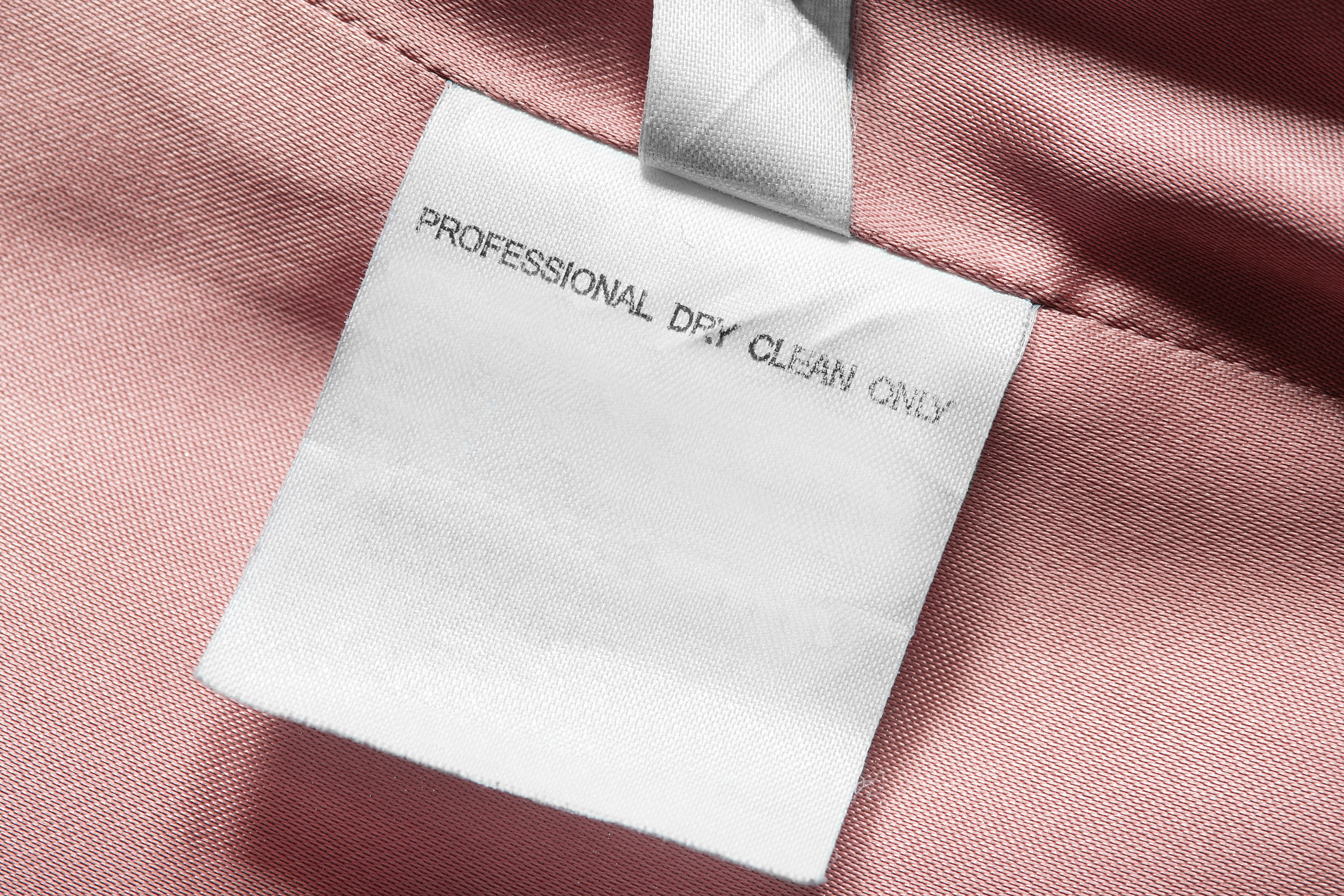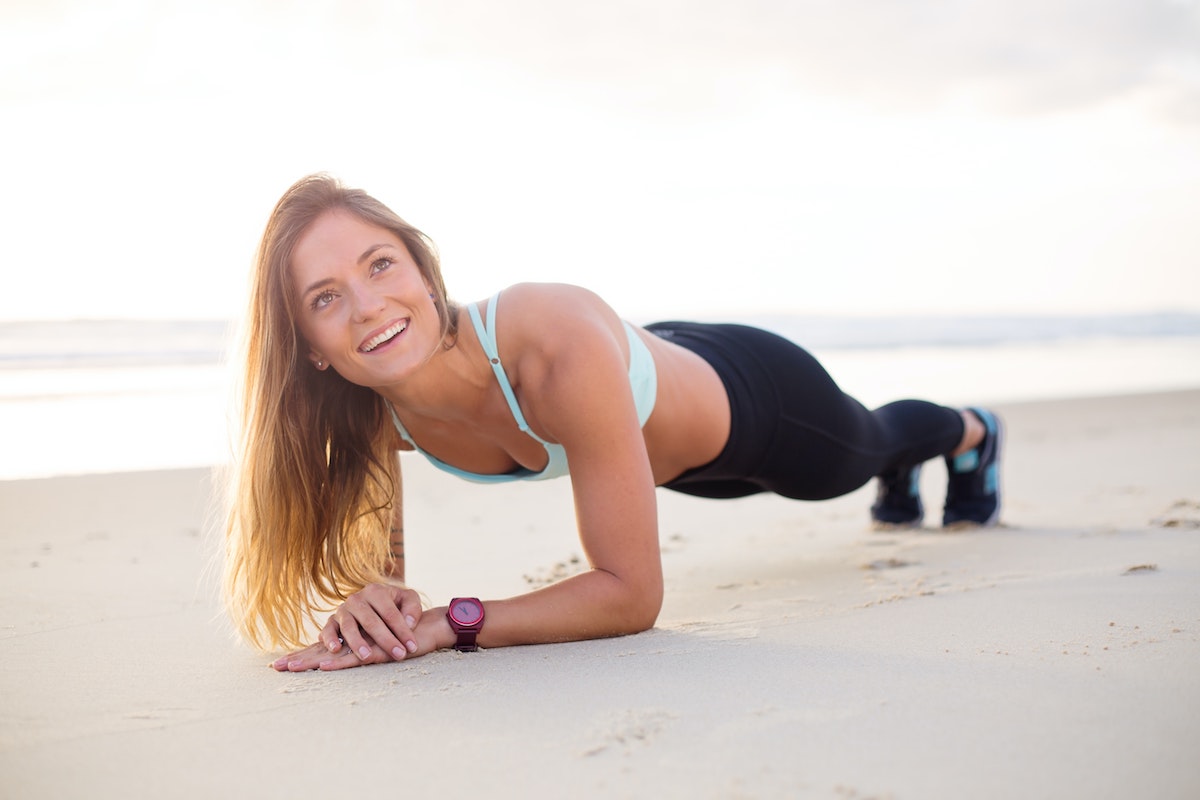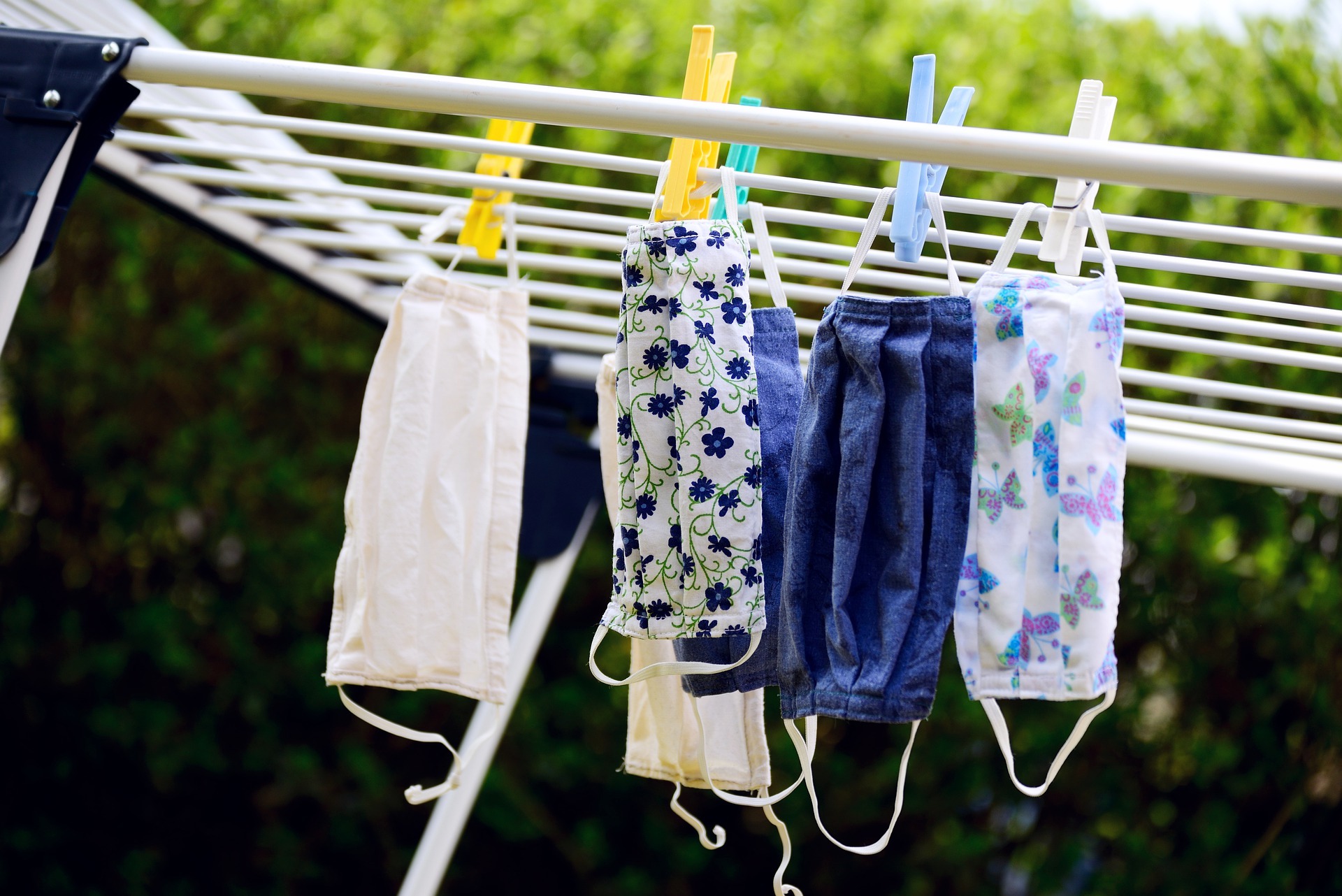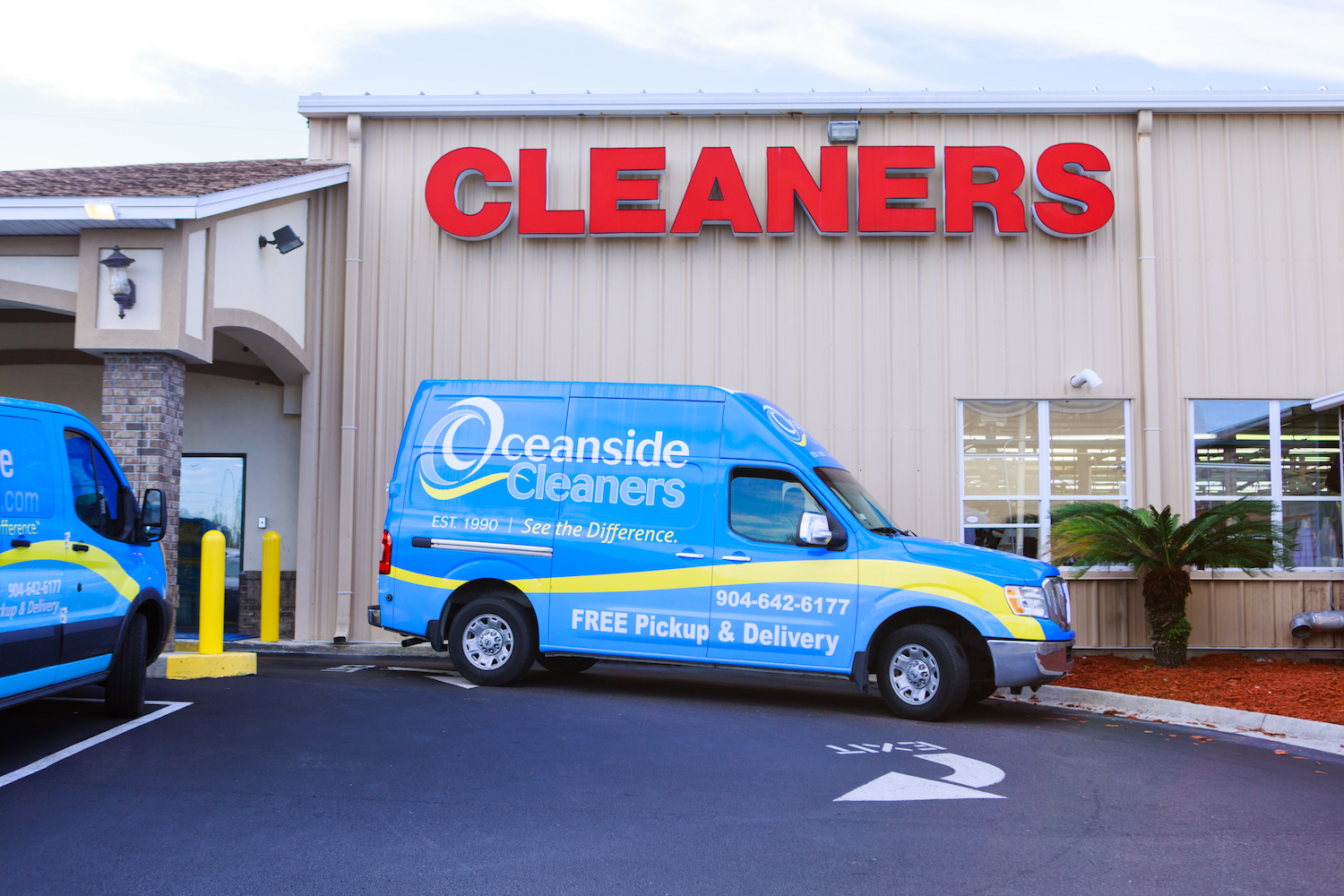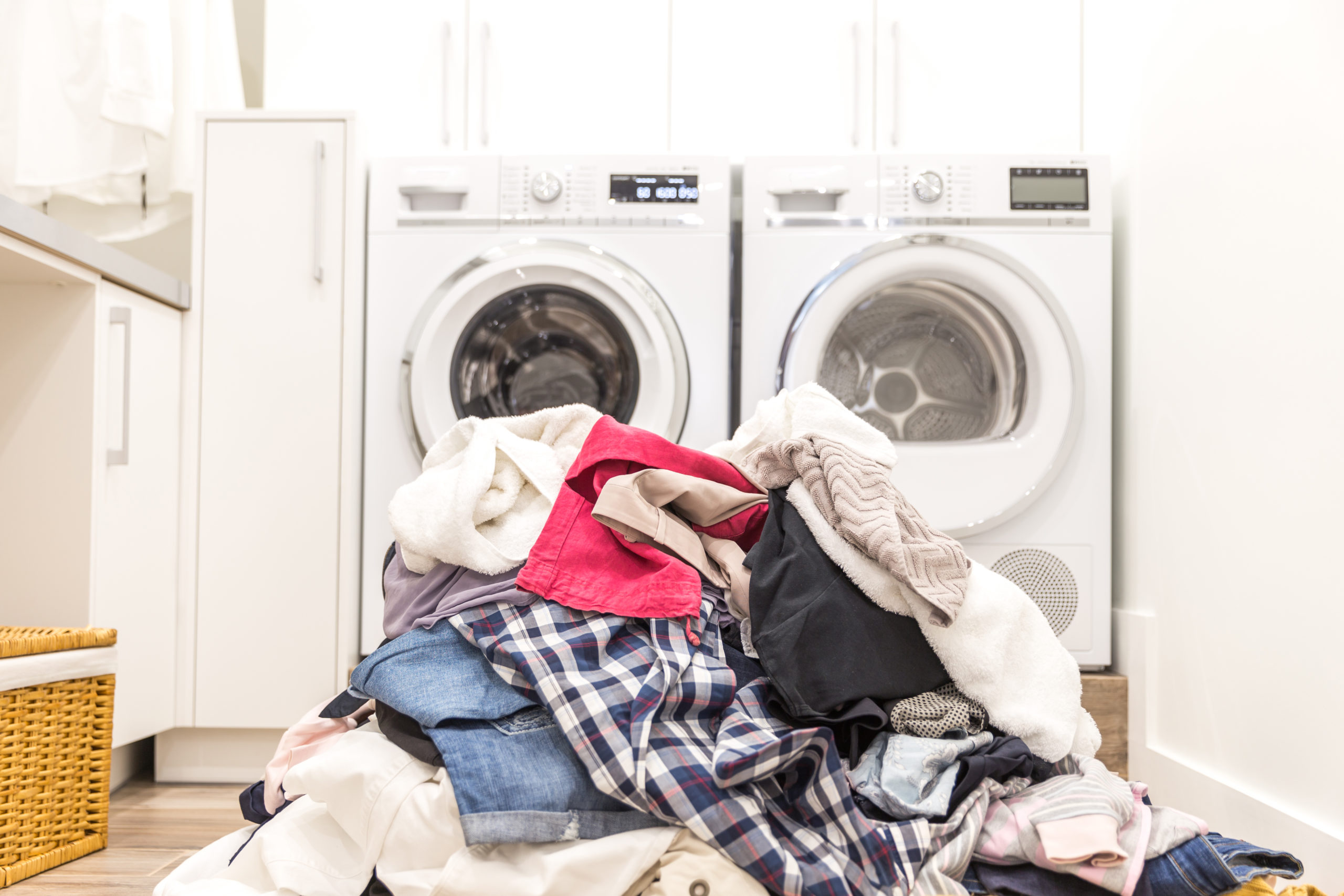
Ever wonder why professional golfers look perfectly dressed each day of a grueling tournament, come rain or shine, whether blasting out of a sandtrap or fishing their ball out of the water?
It’s not by chance. Professional golfers are treated to daily concierge services, including laundering. Almost all the professional golfers in The Players Tournament at TPC Sawgrass in Ponte Vedra, March 13-16, rely on local Oceanside Cleaners to launder and press outfits between rounds—every day! (We say Oceanside Cleaners cleans the garb of “almost all” golfers, because some, like Tiger Woods, wear a new outfit each day.)
The Players Tournament features 144 of the world’s best golfers, with a purse of $25 million. That’s a lot of golf attire.
Tournament Cleaning Services Extend Beyond the Professional Golfers
Professional golf has long honored and established customs around looking professional and polished. No wonder The Players has relied on Oceanside Cleaners since the mid 1990s and not just for the professional golfers.
“Oceanside has a huge role in the meticulous look of the tournament,” says Oceanside’s Mark Harris, owner. “We also clean and press most caddies’ clothes, the clothes of food and beverage staff serving special guests in the clubhouse, all locker room staff and the garments worn by the upper clubhouse management.”
After the tournament, Oceanside’s work is not done. We clean tablecloths that were in the hospitality tents, volunteer tents, chalets and other venues when the golfers go home.
A Year-Round Reputation for Professionally Cleaning Golf Attire—for Amateurs, too
Oceanside serves every-day golfers, too, with the same attention they give the pros. “Our solid reputation has led to a robust business in the laundering of golf polos, skirts and pants,” adds Harris. “Our customers who golf say they feel better when they wear quality golf clothing that has been professionally laundered.”
The golf apparel market is big and getting bigger, with North American sales at $2.8 billion and growing 4.4% a year. And more people are golfing. In 2024, a record 532 million rounds of golf were played in the U.S., exceeding the 2023 record of 531 million rounds, marking the third time in four years that a record number of rounds have been played, according to the National Golf Foundation.
Golf apparel has become complex in design, construction, colors and materials. New fabrics have been created to provide freedom of movement, to give protection from weather conditions and to enhance overall performance. Harris adds, “Golf attire has, of course, evolved over the years. These days, clothing often helps with blocking UV rays, provides anti-odor protection and has a look that appeals to different fashion tastes.
“We think the surge in bringing in golf apparel to our cleaners is not only about looking good on the links. It’s also all about protecting an investment,” Harris says.
